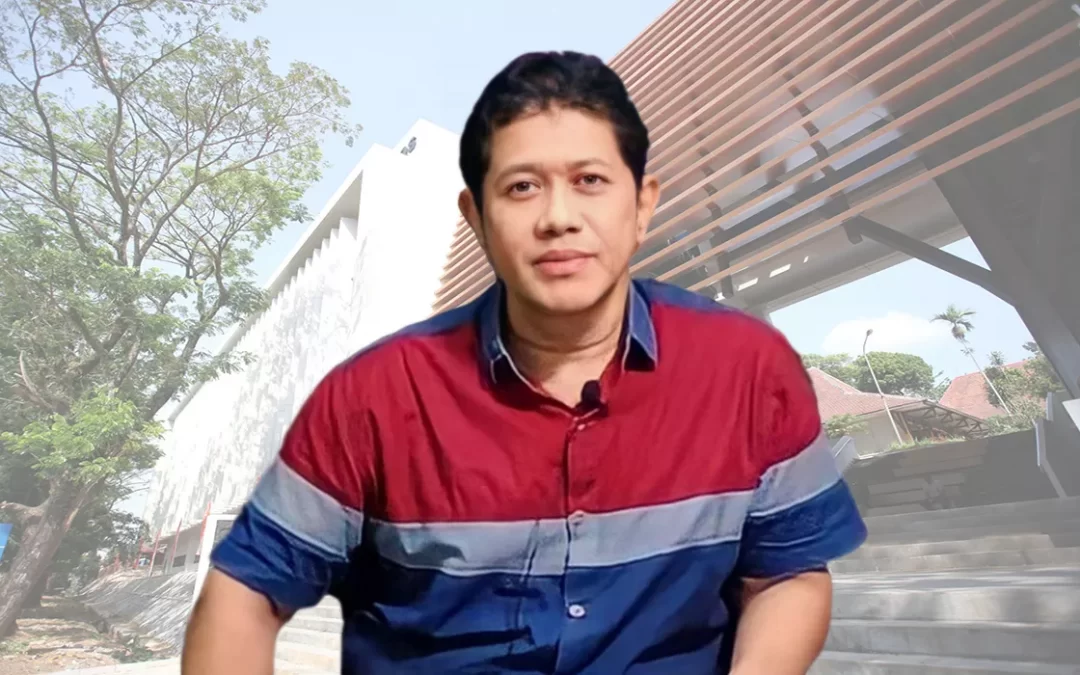Semarang – The Industrial Chemical Engineering Technology Study Program (TRKI) of the Vocational School of Diponegoro University continues to demonstrate its innovation in developing the potential of local resources. One of the latest flagship projects is the production of liquid glucose based on sago starch, which was initiated by TRKI lecturer Mohamad Endy Julianto, S.T., M.T. with his students, Malika Pintanada Kaladinanty (Malika) and Abitha Mona Wisya (Abitha). For your information, Indonesia as the largest sago producing country in the world, has sago land reaching 1.25 million hectares or 51% of the total area of sago land in the world. Sago is capable of producing 25 tons of dry starch per hectare, much higher than rice (6 tons) and corn (5.5 tons). Simple and economical sago cultivation technology adds to the superior value of this commodity, making it an ideal raw material for derivative products such as liquid glucose.
On this occasion, Malika said that currently liquid glucose is mostly produced from cassava and corn. This product has many benefits, including as a substitute for granulated sugar in the confectionery, beverage, and biscuit industries. “The need for domestic liquid glucose, which has only been met by 60% and still relies on imports of up to 112,396 kg, shows great potential for the development of locally-based products,” said Malika. Meanwhile, Abitha added that liquid glucose can be produced through starch hydrolysis, either by enzymatic or acid methods. Sago starch is the main choice because of its high amylopectin content, as well as its low protein and fat content. “These factors make sago starch suitable for the hydrolysis process without producing a Maillard reaction that causes a brownish color in liquid glucose,” said Abitha.
Furthermore, Endy explained the potential for using tubular membrane reactors in the enzymatic hydrolysis process. “The enzymatic process has a high conversion of up to 97% and is more energy efficient because it operates at low temperatures,” he said. This method is also environmentally friendly because it does not require additional chemicals, so it does not cause salt deposits. Another advantage of the membrane reactor is its ability to combine the enzymatic saccharification process with particle separation. The enzymes used can be recycled, and inhibitors from the reaction can be removed through the membrane simultaneously, thereby increasing process efficiency.
Endy concluded that this technology can be a strategic solution to increase the nation’s independence in meeting the need for liquid glucose and supporting the diversification of sago-based products. “With process modifications and optimal reaction settings, this technology promises great prospects for implementation on an industrial scale,” he said.
Through this innovation, the TRKI SV UNDIP Study Program is committed to continuing to encourage relevant research and support the progress of local resource-based industries, as well as making real contributions in accordance with the UNDIP tagline “Dignified and Beneficial”.


Recent Comments